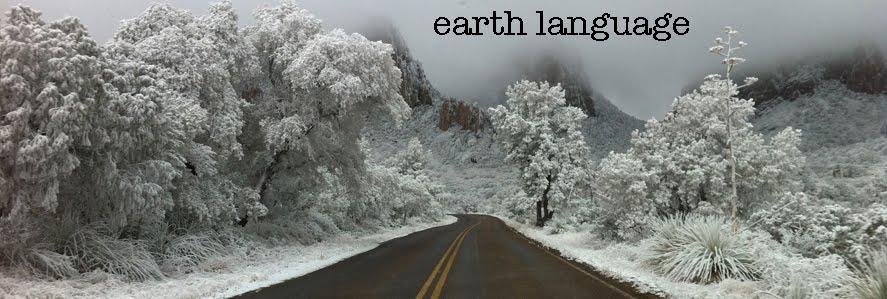 Things are coming to a head. As we started to stucco today, it felt as if we were painting shade and shelter around ourselves. This morning started out with 35 mph winds. It was also another very sunny day. We decided to start the stucco on the side where the wind was blowing. As we worked, the winds gradually subsided. The sun in our eyes started to vanish as we blotted it out with the first coat of stucco.
Things are coming to a head. As we started to stucco today, it felt as if we were painting shade and shelter around ourselves. This morning started out with 35 mph winds. It was also another very sunny day. We decided to start the stucco on the side where the wind was blowing. As we worked, the winds gradually subsided. The sun in our eyes started to vanish as we blotted it out with the first coat of stucco.We used a different mix for this first scratch coat. It needs to be stout because it is the binder that future layers will grab onto. The mix we used was 2.5 gallons of sand, one gallon of cement, one small can of fly ash ( the ash left over from coal burning power plants
 ), and 3.5 medium size cans of water. We mixed the stucco on the watery side because the wind and sun can dry it out fast. The first batch that we made wasn’t sticking. We then realized that the sand we were using had too much gravel in it. We decided to use a double layered filter
), and 3.5 medium size cans of water. We mixed the stucco on the watery side because the wind and sun can dry it out fast. The first batch that we made wasn’t sticking. We then realized that the sand we were using had too much gravel in it. We decided to use a double layered filter  to sift the gravel out of the sand.
to sift the gravel out of the sand.Stuccoing is not too difficult, but stuccoing above your head can be a bit tricky, as some of it ends up falling down on you. It is also a bit tiresome, even for 82 year old Don Bryant.
It is very important to scratch the stucco soon
 after applying it so that the next layer has a rough edge to grab onto.
after applying it so that the next layer has a rough edge to grab onto.The tools needed for this
 part of the project are a hawk ( much like a pallet a painter uses ), a trowel ( 14’’ pool trowel for this size dome ), a few 5 gallon bucket for carrying around water, sand, and the final stucco mix, a wheel barrow, a hoe or two, something to scrath the stucco with, and a mud board for use as an interim for storing the stucco mix before putting it on the hawk.
part of the project are a hawk ( much like a pallet a painter uses ), a trowel ( 14’’ pool trowel for this size dome ), a few 5 gallon bucket for carrying around water, sand, and the final stucco mix, a wheel barrow, a hoe or two, something to scrath the stucco with, and a mud board for use as an interim for storing the stucco mix before putting it on the hawk.




















